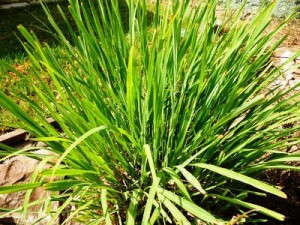Ethnic Produce Has Potential For Greenhouse Growers

As demographics in the U.S. change, new crops (for example, lemongrass) favored by different cultures are an opportunity for greenhouse growers. Photo via Flickr by Iqbal Osman.
Produce is one of the hottest growth categories for greenhouse growers, but more specific niches may end up being even more profitable.
According to a recent release from Penn State University Extension, U.S. Census data shows that the mainstream population increased by 9.7 percent from 2000 to 2010 as compared to 43 percent for Asians and 43 percent for Hispanics.
The market potential for ethnic herbs and vegetables was a topic that came up more than once at Greenhouse Grower’s 2013 GROW Summit. As the U.S. population becomes more diverse — and brings with it the food and plant traditions of other countries and cultures — there’s an increasing opportunity for growers to capitalize and serve these new markets.
If you’re looking at adding ethnic produce to your mix, you may want to consider a one-day workshop hosted by Penn State in Valley Forge, Pa., on March 3, 2014. The program will include research results, stakeholders describing their experiences with growing, sourcing and marketing ethnic greens and herbs and a presentation describing changes in U.S. consumer demographics.
A USDA National Institute of Food and Agriculture, Specialty Crop Research Initiative grant will cover the cost of the workshop including one night’s lodging and meals during the conference and materials/workshop attendance. However, attendance is by invitation only. If you’re interested in attending, contact Dana Ollendyke at [email protected].









